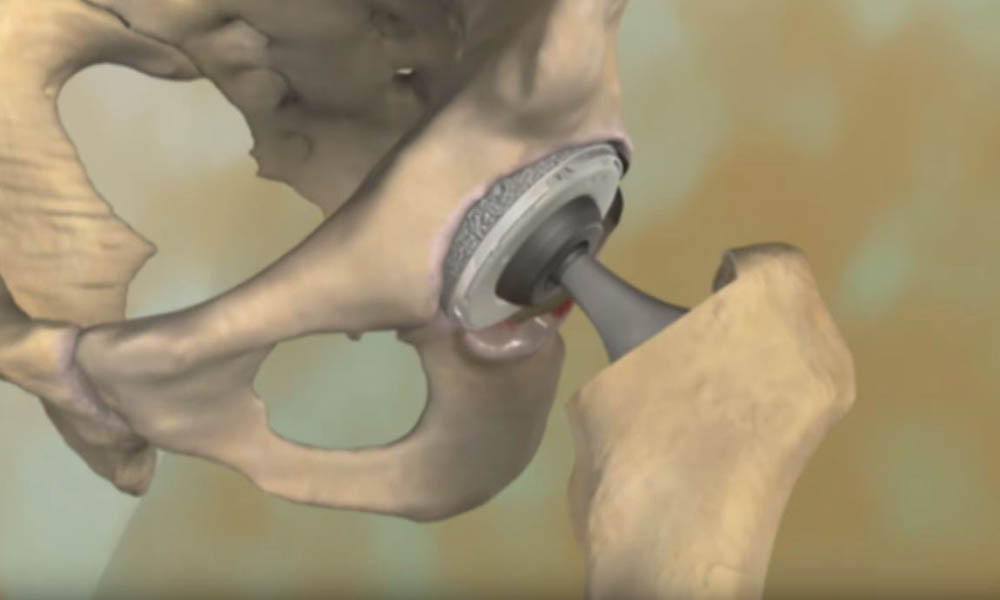Recovery
Dislocation After Total Hip Replacement
After a total hip replacement, you will be able to resume most activities. However, you may need to change how you do them. For example, you may need to learn new ways to bend down that prevent your hip from dislocating. Dislocation is when the ball of the new hip implant comes out of the socket.
Dislocation is uncommon. The risk for dislocation is greatest in the first few months after surgery while the tissues are healing. If the ball does come out of the socket, your doctor can perform a procedure (called a closed reduction) that can usually put it back into place without the need for more surgery. In situations in which the hip continues to dislocate, further surgery may be necessary.
There are several precautions you can take to prevent your new hip from dislocating. This video provides more information about preventing dislocation after a total hip replacement.
Last Reviewed
June 2017
AAOS does not endorse any treatments, procedures, products, or physicians referenced herein. This information is provided as an educational service and is not intended to serve as medical advice. Anyone seeking specific orthopaedic advice or assistance should consult his or her orthopaedic surgeon, or locate one in your area through the AAOS Find an Orthopaedist program on this website.








